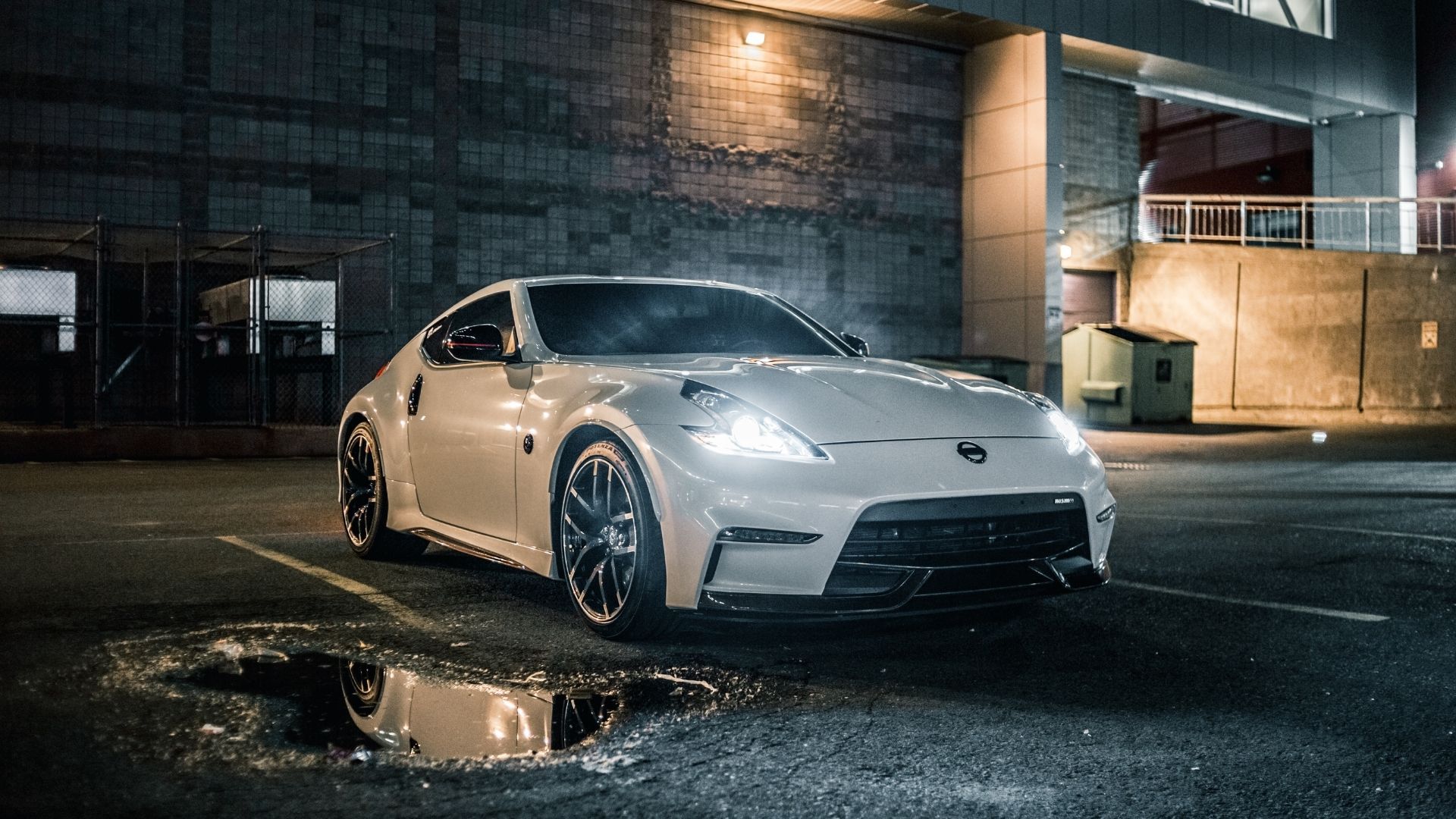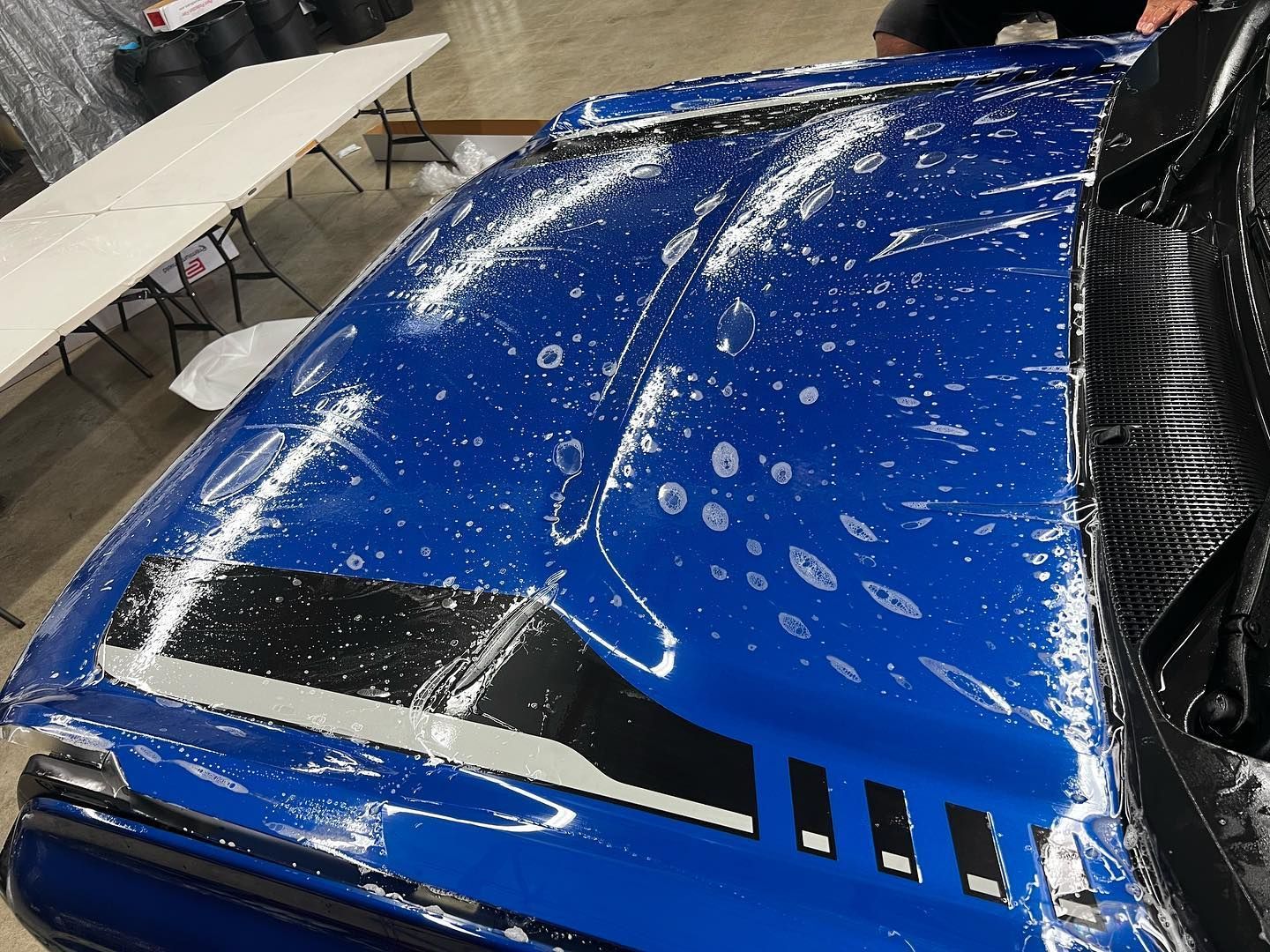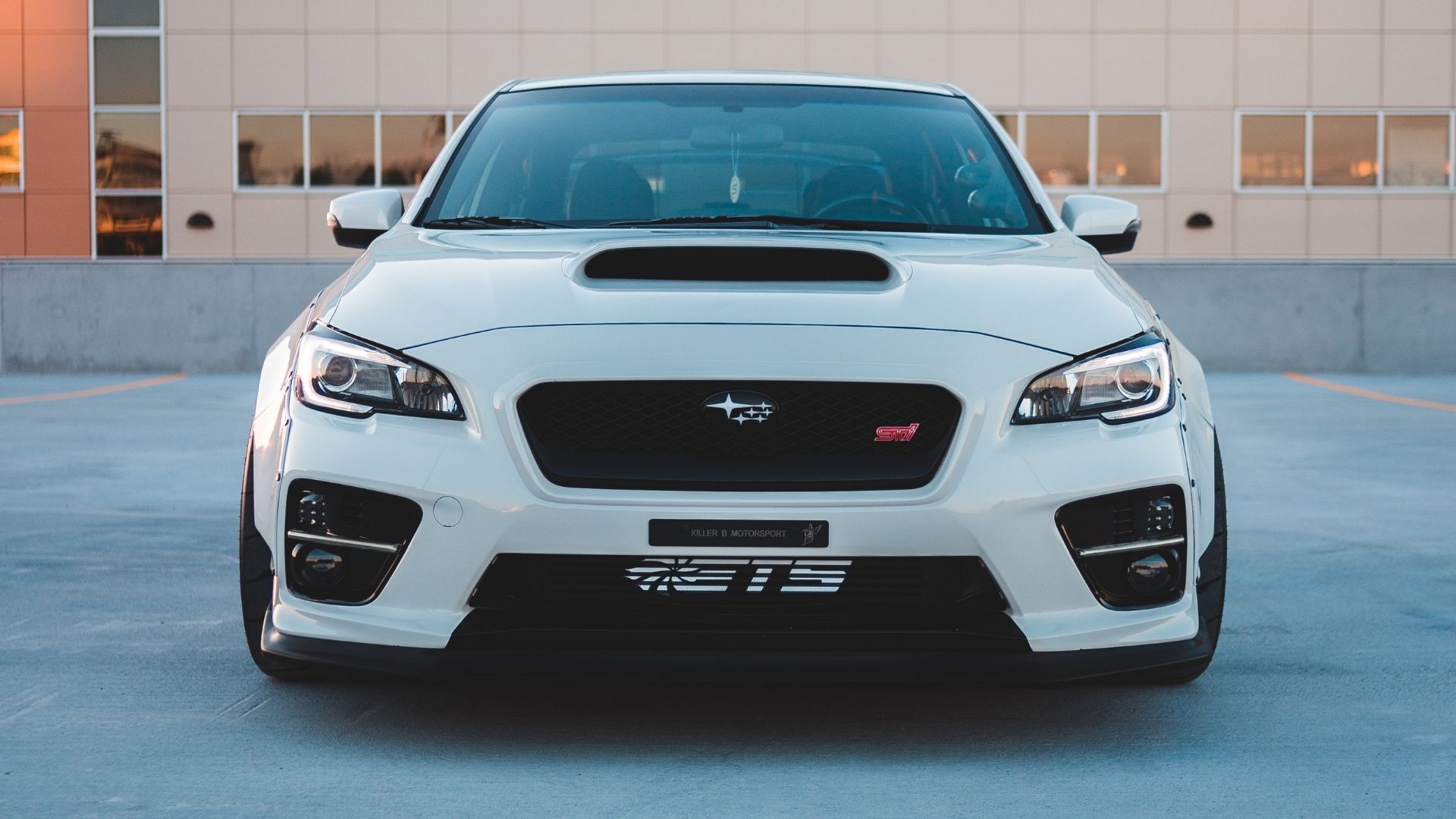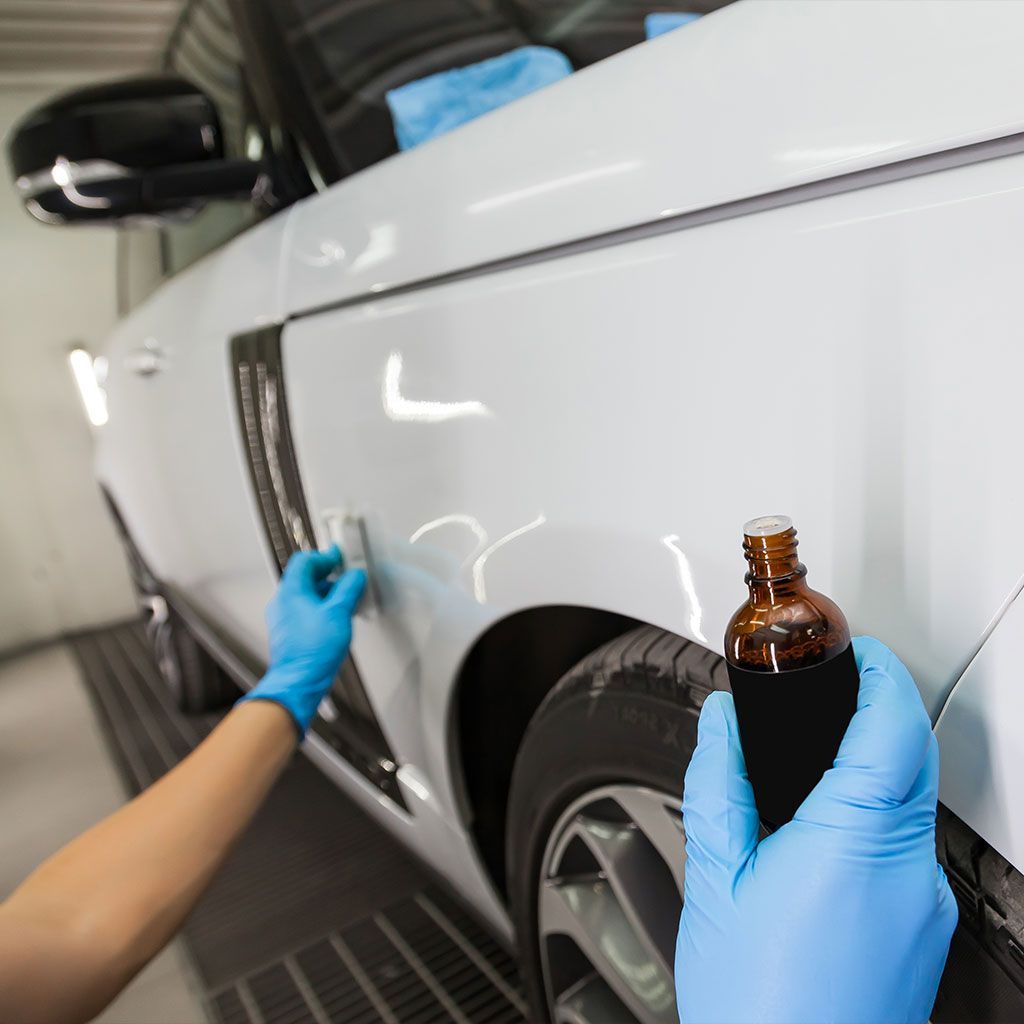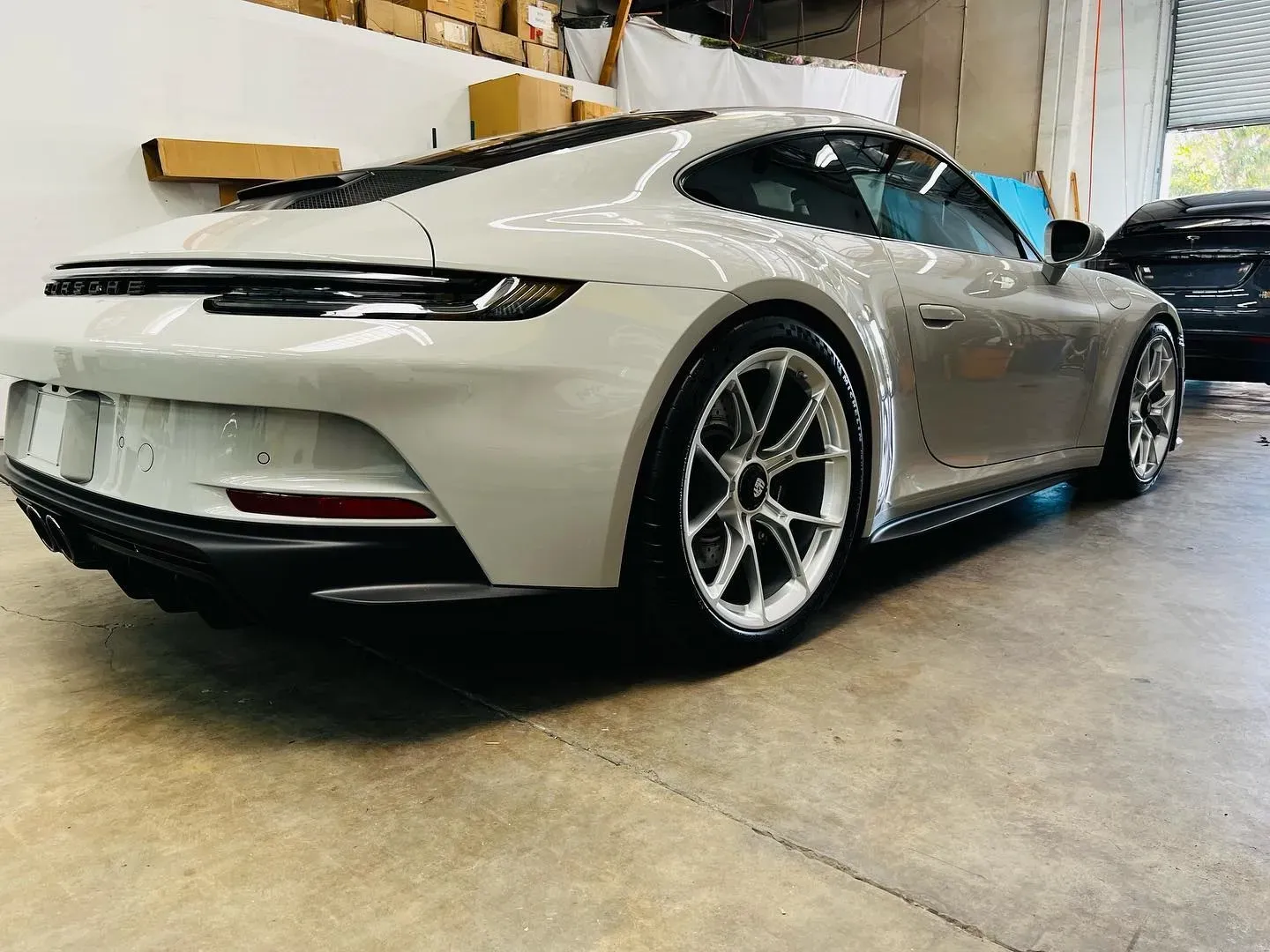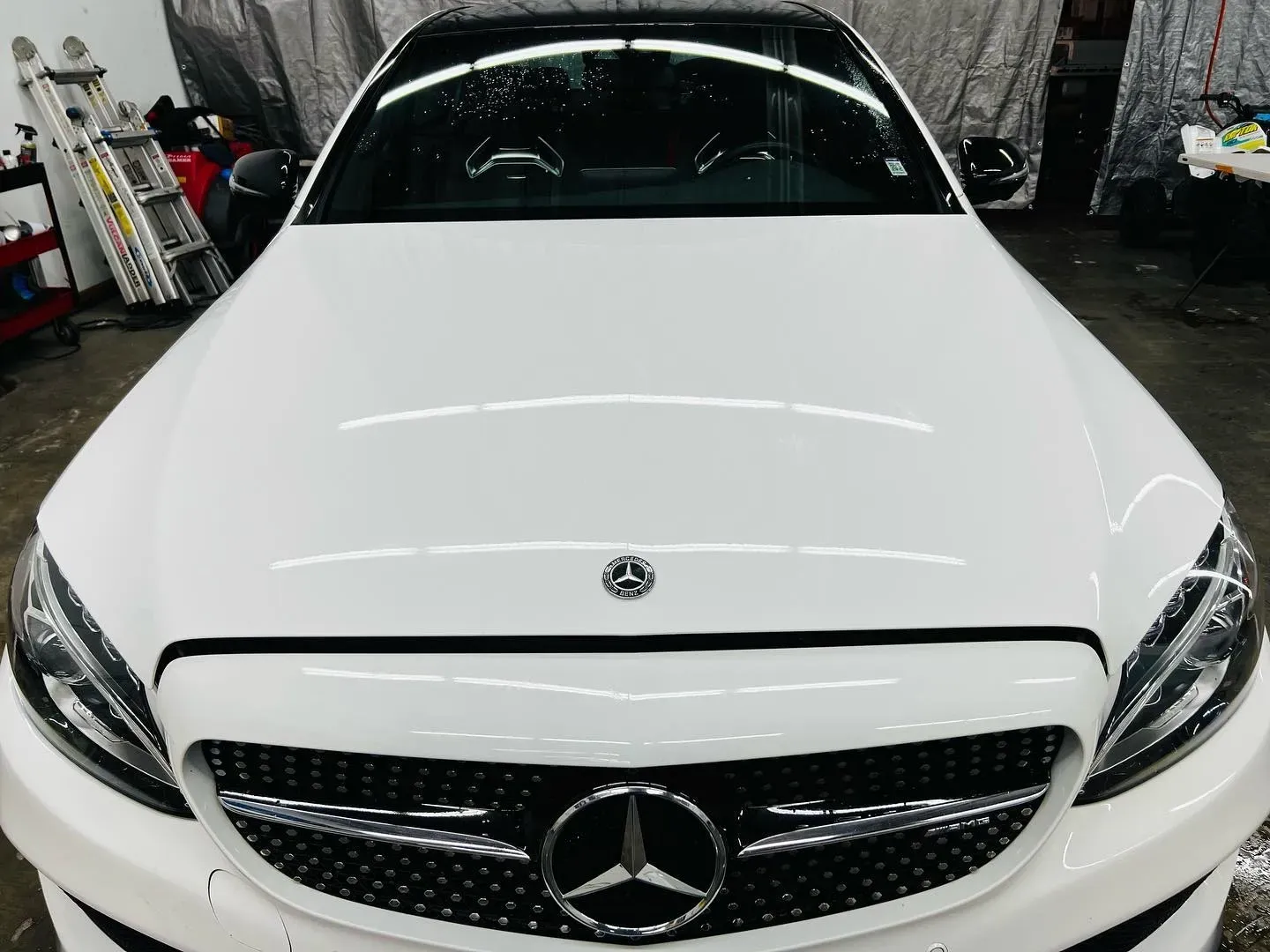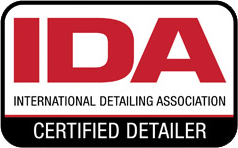Have you ever noticed a scratch on your car and wondered just how much it could cost to fix? If you’ve invested in Paint Protection Film (PPF), you might be wondering how to handle any damage that occurs. PPF is like an invisible shield for your vehicle, protecting it from chips and scratches while keeping it looking fresh. However, just like any other protective layer, PPF can get damaged over time. Understanding what happens if your PPF gets hurt and how to repair or replace it can save you from bigger problems in the future. Let’s dig into what you need to know about keeping that beautiful shine while safeguarding your investment!
If your
Paint Protection Film (PPF) gets damaged, it can lead to visible rips or holes, which may expose the underlying paint to environmental factors. Repair options include cutting around the damaged area for a less noticeable fix, replacing the affected section of PPF, or consulting a professional for extensive repairs; however, it's essential to address damages promptly to maintain optimal protection for your vehicle's paint.
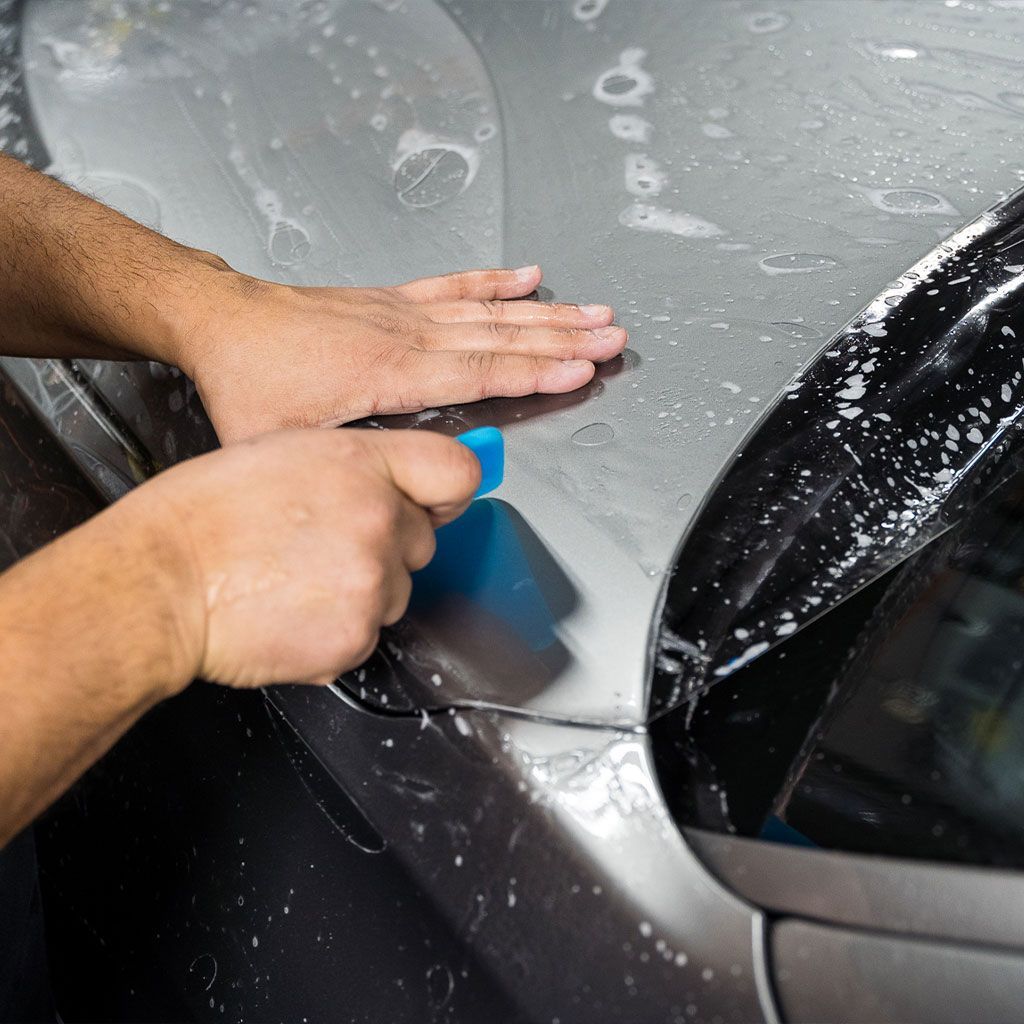
Understanding Paint Protection Film (PPF)
Paint Protection Film (PPF), often referred to as clear bra, acts as a shield for your vehicle's exterior. This film is typically composed of thermoplastic urethane, a resilient material known for its ability to absorb impacts, thereby guarding against scratches, chips, and other minor abrasions. Imagine it as clear armor; while it doesn't eliminate risks, it certainly minimizes them, allowing your car to maintain its pristine appearance longer.
What’s truly remarkable about PPF is its self-healing properties. When exposed to heat, this extraordinary material can repair itself from minor scratches and blemishes, returning to its original state in just 24 to 48 hours. It's as if the film has a built-in mechanism for looking after itself, which is perfect for the everyday wear and tear that comes with driving conditions.
The thickness of PPF usually ranges from 6 to 8 mils (0.006 to 0.008 inches), providing a robust barrier without compromising the look of your vehicle. Notably, high-quality films can block up to 99% of harmful UV rays, helping keep your paint from fading over time.
Popular brands offer various options that cater to different needs and budgets. Each brand presents distinct levels of thickness and warranty agreements designed to give you peace of mind regarding your investment in protection. Selecting the right PPF not only depends on preferences but also on factors like climate and how often you drive.
As practical as it sounds, all materials have their limits; thus, knowing more about potential damages can help you prepare for any necessary repair work down the line. Let’s examine the frequent situations that lead to these damages to better understand how they affect your vehicle's protection.
Common Causes of PPF Damage
Despite being designed to protect your vehicle's finish, PPF is not invincible and can encounter numerous threats. One of the foremost culprits is road debris. Small stones and rocks that get kicked up by other vehicles on the road aren't just minor nuisances; they can cause chips and tears in the film. This damage may not be immediately visible but can lead to more severe issues if left unaddressed.
Moving from road debris to environmental factors, we find that nature plays its role in damaging PPF.
Exposure to harsh weather conditions, such as extreme heat or bone-chilling cold, can significantly impact the film's durability. When subjected to varying temperatures, PPF tends to expand and contract, which may result in bubbles forming or sections peeling away from the vehicle's surface.
Studies from Auto Films Inc. reveal that weather-related damage accounts for approximately 35% of all PPF issues. This emphasizes the importance of considering not only where you drive but also how local climate conditions might affect your investment.
However, it isn’t just Mother Nature that can wreak havoc on your paint protection film—improper installation and maintenance are man-made challenges that deserve attention.
The technique used during installation plays a crucial role in how well PPF performs over time. Poor installation methods can lead to lifting or bubbling soon after application, affecting both aesthetics and effectiveness. Furthermore, maintaining the film with inappropriate cleaning materials or techniques can cause scratches that compromise its protective quality. Using abrasive substances might seem like a fast solution for getting rid of dirt but could seriously diminish the film’s transparency and functionality. It's essential to use pH-neutral cleaners and soft cloths to protect your investment.
Paying attention to these common causes of PPF damage—road debris, weather conditions, and improper installation—will not only help you preserve its integrity but also extend its lifespan significantly.
By understanding how these factors contribute to potential damage, you can better recognize when it’s time to assess any problems. Moving forward, let's investigate how to classify and prioritize damages effectively.
Evaluating Damage Severity
Not all PPF damage is created equal; learning how to evaluate it can help you make informed decisions for repair or replacement. Damage severity generally falls into three categories: minor, moderate, and severe. This classification helps determine the best course of action.
Minor Surface Scratches
Let's start with the most common type of damage—minor surface scratches. Often, they are just superficial marks that don’t penetrate deeply into the film. If you've noticed light scratches across your PPF, there's good news: many high-quality films are designed to self-heal over time when exposed to heat from the sun or a warm environment.
But if you're in a hurry and can't wait for Mother Nature’s magic, these scratches can often be polished out using specialized products designed for PPF care. Imagine having a small blemish on your car's finish; it’s not so alarming once you realize that it can easily be addressed.
Remember, regular inspections can help catch these minor imperfections early before they develop into more significant issues.
Deeper Cuts and Tears
Transitioning from slight imperfections to deeper cuts and tears can cause more trouble. If your PPF has developed a noticeable hole or extensive peeling, addressing this damage promptly becomes crucial. In such cases, it might be necessary to replace the affected section of film before it leads to further complications, such as paint damage underneath.
A professional evaluation is always recommended in these situations, as it can determine whether a partial replacement suffices or if a full panel replacement is essential.
Industry experts suggest consulting a knowledgeable technician who specializes in PPF repairs. They can help gauge the extent of the damage accurately and provide recommendations tailored to your specific situation.
Interestingly enough, studies indicate that approximately 40% of reported PPF damages necessitate professional intervention due to their severity.
Understanding Repair Costs
Moreover, understanding the costs associated with various damage levels can help you budget appropriately. Minor repairs typically range from $50 to $150, while moderate damages may run between $150 and $500. For severe damages that require complete removal and replacement of the protective film across an entire area, you could be looking at expenses exceeding $500, depending on your vehicle's make and model.
Understanding these aspects of damage severity provides valuable insights for making informed choices regarding vehicle maintenance. From there, exploring more specialized solutions will ensure your investment remains protected and visually appealing.
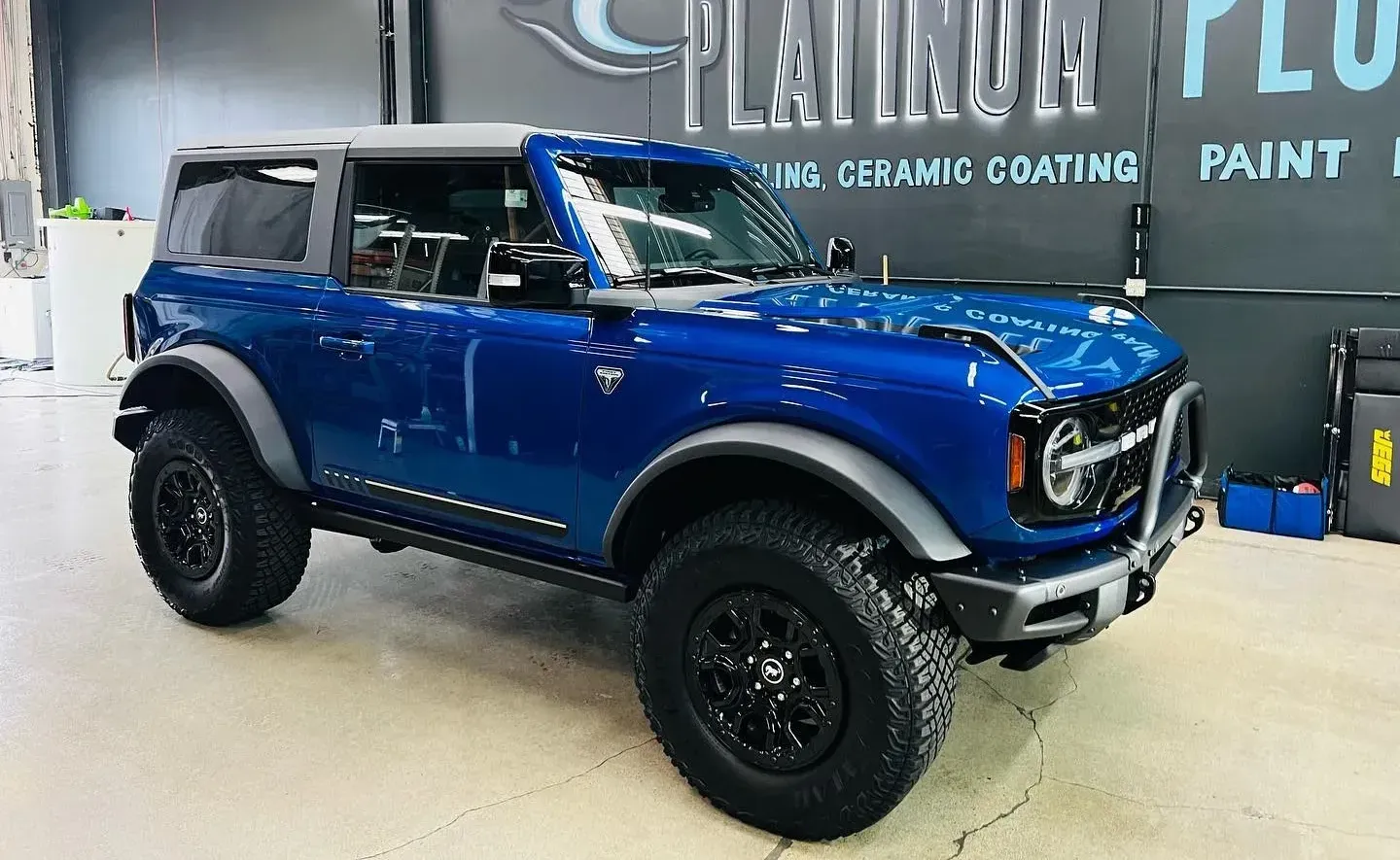
Preventive Maintenance Tips
Preventive maintenance is your secret weapon; it not only extends the lifespan of your PPF but also keeps your vehicle looking pristine. One primary aspect of this upkeep is regular cleaning. Cleaning your PPF should be done with care to avoid unintentional damage. Using a pH-neutral soap paired with a soft microfiber cloth can effectively remove dirt and grime without harming the film.
When cleaning, keep in mind:
- Use a gentle touch—scrubbing too hard can leave scratches on the surface.
- Always avoid harsh chemicals or abrasive tools, as these can compromise the film’s protective qualities.
- Make sure to rinse thoroughly after washing, ensuring no soap residue remains that could degrade the film over time.
Beyond just cleaning, defensive strategies are important to maintain that fresh appearance.
Protective Measures
These measures often come in the form of specialized PPF sealants that add an extra layer of protection. These sealants safeguard against environmental factors such as dirt, acid rain, and UV rays that can deteriorate the film. Applying these products every six to twelve months can drastically enhance the resilience of your PPF.
In addition to using sealants, there are other proactive steps you can take for added protection. For instance, parking in shaded areas or utilizing quality car covers can help guard against harmful UV damage that leads to fading and discoloration.
Lastly, to prevent common pitfalls like bubbling or misalignment during installation, which could initiate long-lasting issues, always opt for professional installation. A professionally installed PPF will not only look smoother and more polished but will also hold up better against wear and tear over time.
Remember, consistent preventive maintenance isn’t just about aesthetics; it’s a commitment to preserving your investment in your vehicle's appearance and value. By adhering to these tips, you’ll ensure that your PPF serves its purpose while enhancing the beauty of your car for years to come.
Protect Your Investment with PPF from Platinum Plus Mobile Detailing
Ready to shield your vehicle with top-tier Paint Protection Film? Contact
Platinum Plus Mobile Detailing for a free quote today or call us at (714) 614-1691!



